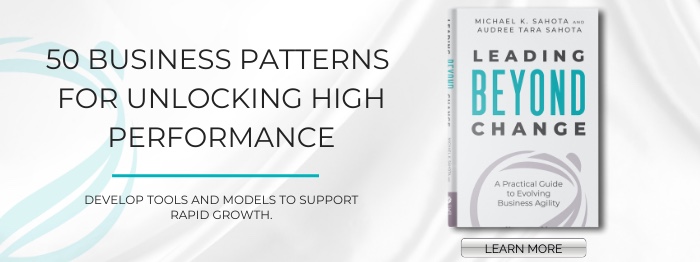I was really impressed with Bill Joiner and Michael Hamman’s Agile 2012 session on Leadership Agility.
The key take-away is that there are three modes of thinking for a manager or change agent: problem-solving, strategic, and visionary (these are my labels). In the last week I have been able to effectively use this model to better understand how managers are interacting with their organization.
Here is the visual note I created during the session:

Expert (Problem-solver)
These folks jump into the problem, get the data and use their expertise to decide what needs to be done. They like to do the work themselves and tend to micro-manage. There is no leadership team – only hub & spoke command and control.
Achiever (Strategic)
These folks are focused on the organizational target. Typical tools will include listening to people, using systems thinking, working groups to analyze and understand. The Achiever sees herself as the leader of the team and will foster collaboration and teamwork to achieve the goal.
Catalyst (Visionary)
The catalyst is focused on nurturing and growing the organization. They carry a vision of a break-through organizational culture and work equally with others to bring about this vision. They are looking to improve the production capacity of the system by tacking fundamentals. They are seeing a deeper reality and using that as leverage.

Factory Analogy
In the top right corner, I have a factory analogy.
- The Expert is working on fixing broken machines and expediting orders
- The Achiever is looking at the whole output of the factory and working with the team to optimize it
- The Catalyst is looking at the people and the culture and how to grow their capability.
To learn more, please see Bill Joiner’s book or consider taking one of his workshops.
How this relates to Coaching
When working as a coach we also need to choose at which of the three levels to interact with a client. For example, if we notice is a team is having a problem, we can intervene at any of these three levels:
- I can tell them what the problem is and how to fix it
- I can lead a retrospective and guide them to a solution/mitigation
- I can help them learn how to sense the problem and support them in resolving it on their own


